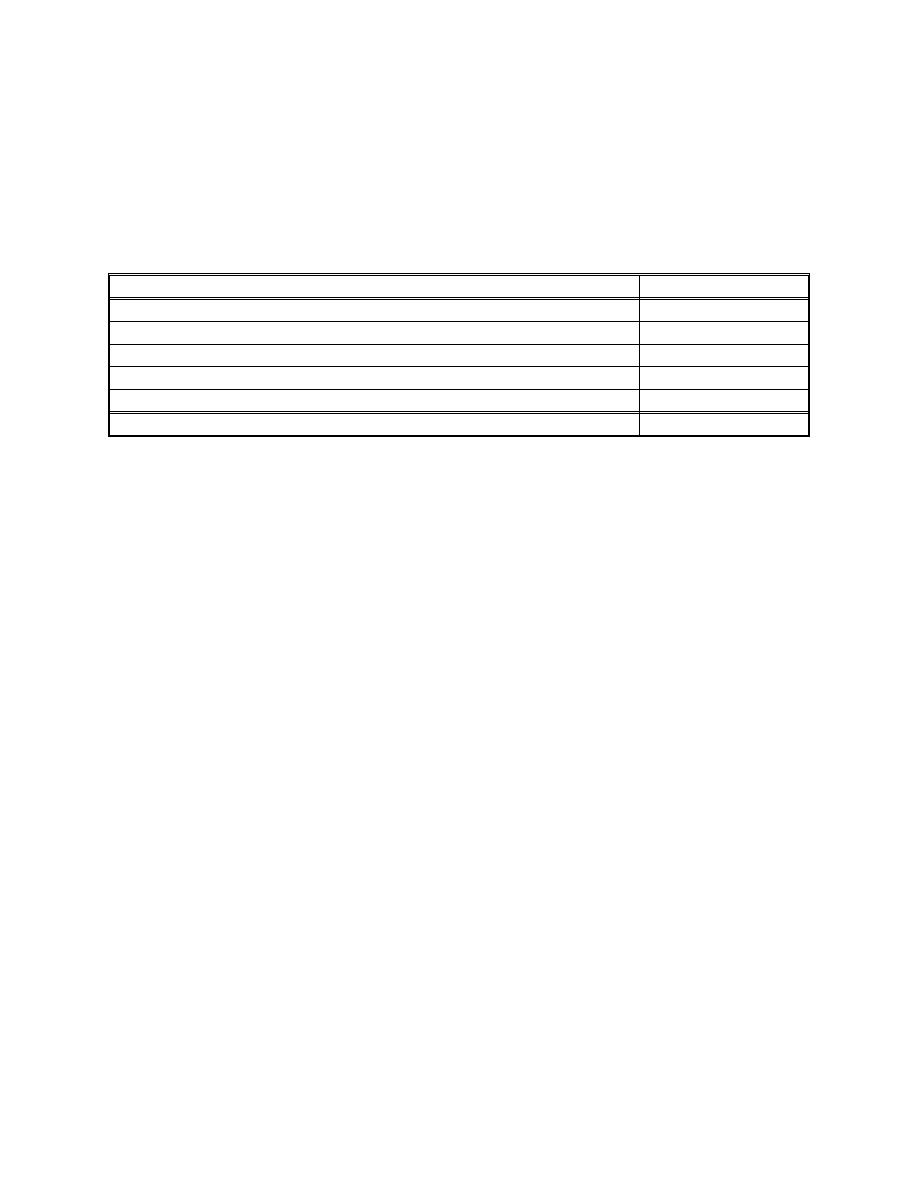 |
||
|
|
||
| |||||||||||||||
|
|
 ERDC TN-DOER-T3
January 2001
Protection of the weir from floating debris is a requirement.
Design for cold weather (ice) conditions may be required in some regions.
The discharge pipeline must have a cutoff system in the event of weir malfunction.
COSTS: The following are major elements and preliminary costs for acquiring a telescoping weir
based on the recent installation at Blakeley Island CDF in the U.S. Army Engineer District, Mobile.
Major Element
Preliminary Cost
Site Preparations (Site Selection, Site Survey/Processing, etc.)
$3,000
Boring/Geotech Data Collection & Evaluation
$5,000
Foundation Platform Construction/Preparation
$25,000
Weir Fabrication, Delivery & Installation (estimated)
$125,000
Weir Drain Pipe Procurement/Installation (estimated)
$100,000
Total
$258,000
EXPERIENCES AT CRANEY ISLAND: To date, three full-size telescoping weirs have been in-
stalled at the Craney Island placement site in Norfolk, VA. The first prototype telescoping weir was
installed in April 1996, the second was installed in June 1998, and the third was installed in April of
1999. The first weir performed very effectively, which led to the installation of the two additional
weirs. In 1999, the Norfolk District was able to accommodate a record annual placement of six mil-
lion cubic yards of maintenance dredged material, which was not possible prior to the installation of
the telescoping weir. The ability to continually meet water quality discharge standards with the tele-
scoping weir eliminated the usual temporary shutdowns of two very large dredging projects.
The first two weirs are operational and have required little maintenance to date. However, some
problems were experienced during dredging operations in July 2000 with the first weir installed at
Craney Island. A telescoping section of the weir separated while being operated by the dredging
contractor personnel. When this occurred, the operator began lowering the weir, resulting in dam-
age (bending) to the three jackscrews. The Norfolk District and its contractor are presently deter-
mining if there was a design flaw in the prototype unit or material failure and operator error or both.
A bearing block and/or the associated connecting rim are suspected to have failed causing the sepa-
ration of the top section of the telescoping weir unit. These connections were recognized as signifi-
cant stress points and all weirs, after the initial prototype, have improved bearing blocks and
connecting rims, along with improved seals.
CONCLUSIONS AND RECOMMENDATIONS
Four telescoping weirs have been successfully designed, fabricated, and installed in the
Craney Island and Blakeley Island confined disposal sites.
Two of the weirs have been demonstrated to meet both water quality and solids storage re-
quirements at Craney Island.
The telescoping weir has been successfully transferred from the Norfolk District to the Mobile
District.
8
|
|
Privacy Statement - Press Release - Copyright Information. - Contact Us - Support Integrated Publishing |